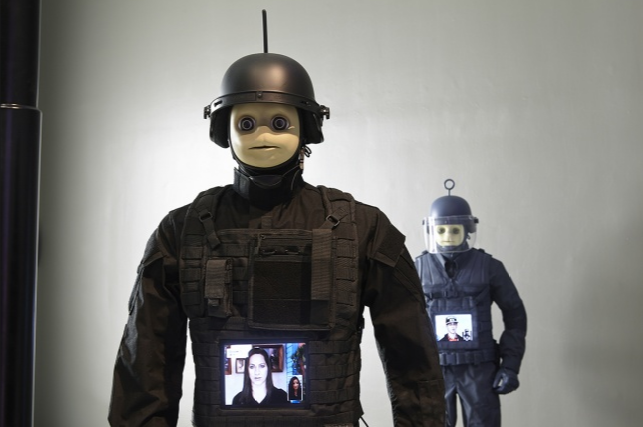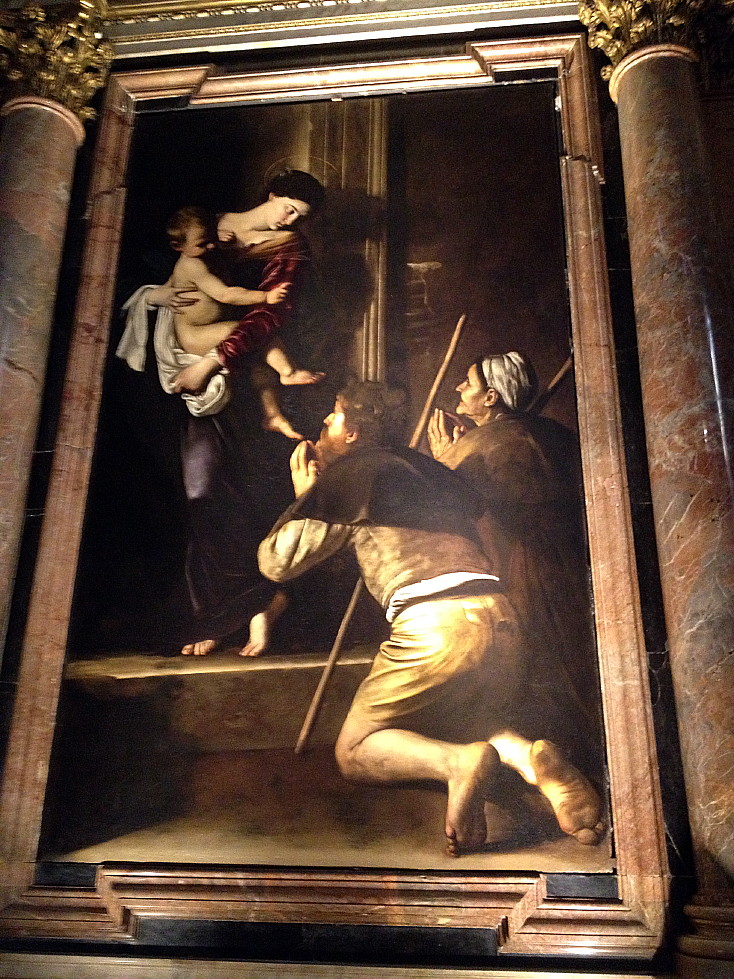On the Invisibility of Technology in Art
The difficulty we have seeing the art in technology can in part be explained by understanding the art we appreciate, where technology is invisible.
Kevin Kelly who coined the term The Technium, defined it as “the network of different technologies and the co-dependency that each of those technologies have on each other that forms a virtual organism, a super organism”. Today we are more aware of the Technium because for the first time in history our technologies communicate with each other and we are aware that this melding and interdependence is both visible (your car sat nav) and invisible (cloud computing). It is also the first time that technologies are becoming so complex as to be almost unintelligible to the average, non-specialist citizen.
This lack of understanding of the technological principles and their hidden interconnections are what makes appreciating art based around new technology so difficult to do.

Open Source router firmware encoded into photos of orchids and uploaded to Flickr, Julian Oliver 2015
The lack of intrinsic knowledge stands as a barrier to fully understanding the work and seeing its aesthetic and conceptual worth. Ironically, much of the most interesting work from artists like Julian Oliver and Critical Engineering uses art to communicate the potential dangers of the powerful, hidden infrastructure behind much of the new technologies for the non-technical public. Ironic because without specialist contextual knowledge of what the art is actually doing at a technical level, much of the conceptual edge in the art is blunted.
This doesn’t make the art bad art. It isn’t. Critical Engineering are pioneers, but it may be 50 years before there is a large enough audience of technically-aware people to make their art messaging mainstream.
Historically people have always used technology to tell stories. Artists developed practical technologies like fresco or oil painting and combined them with abstract technologies like linear perspective to more powerfully tell human truth. The difference is that the paintbrush, the mixed pigment / medium, and the mathematics behind perspective are all invisible in the final work. Each of these technologies were refined to the point that they became invisible and all that remained was the vision of the artist for the viewer to see.
Bruno Latour, the French philosopher and sociologist wrote:
“When a machine runs efficiently, when a matter of fact is settled, one need focus only on its inputs and outputs and not on its internal complexity. Thus paradoxically, the more science and technology succeed, the more opaque and obscure they become.”
Latour is describing the ‘blackbox’ – when a technology just works and becomes invisible. The iPod for example – all that matters is what goes in (pop music recorded in a studio in LA) and what comes out (the exact same music through a pair of earphones).
Caravaggio (1571-1610) realised that he could use the technology of his day – oil paint, mirrors and optics to better make a statement about his belief that religious art should reflect the reality, rather than ethereality of the events of the bible. Mastering this technology he was better able to show the bare feet, dirty fingernails, shoddy housing and peasant clothing that the Roman church audiences of the early 17th century would see every day, and so generate the enormous impact his paintings had.
Technology and expertise in service of a simple, outcome-driven idea.
Much of the difficulty non-specialist viewers have with technology in art is today is that the technology is often both the object and the subject. If the technology itself is visible – if artists open the black box for the viewer then they must expect an audience to require context for fuller appreciation.

Josh Kline, FREEDOM (2015).
Most tech-lite art today attempts to tell uncontroversial truths in controversial ways (including using technology), because the novelty of artistic expression is more highly valued. Artists whose message is technology-related may do well to invert this process – ie. if you want to tell a controversial truth it may be better understood when told conventionally.
Marshall Mcluhan said that each new mass media consumes the last as content. The book consumed the spoken word, the film consumed the book, TV consumed all the previous media etc.
Art, however may work the other way round. The story of each new media is best told with the former.
Photo credits:
Orchid – Julian Oliver
Madonna di Loreto – Don Shewey
Josh Kline, Freedom – copyright the artist, courtesy of the New Museum; photo by Benoit Pailley.


